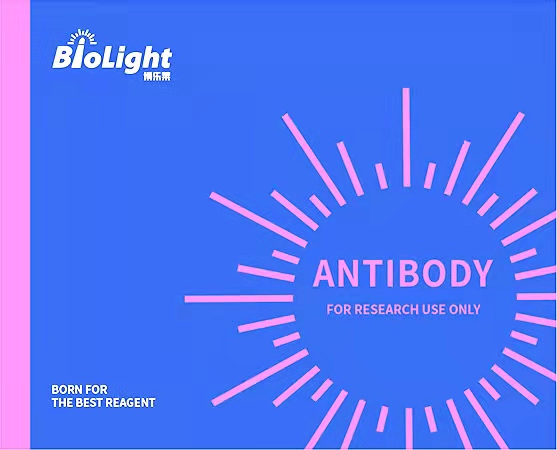
Anti-CD4 Antibody, Rabbit Polyclonal
产品编号:PA00085HuA10
$ 询价
规格 50uL 100uL 200uL
产品名称:Anti-CD4 Antibody, Rabbit Polyclonal
经验证的应用:WB/ICC
交叉反应:/
特异性:human CD4
免疫原:Recombinant human CD4 protein, fragment Lys26~Pro396; UniprotKB: P01730
制备方法:Produced in rabbits immunized with human CD4, and purified by antigen affinity chromatography.
来源:Polyclonal Rabbit IgG
纯化:Immunogen affinity purified
缓冲液:Supplied in PBS, 50% glycerol and less than 0.02% sodium azide, PH7.4
偶联物:Unconjugated
状态:Liquid
运输方式:This antibody is shipped as liquid solution at ambient temperature. Upon receipt, store it immediately at the temperature recommended.
储存条件:This antibody can be stored at 2℃-8℃ for one month without detectable loss of activity. Antibody products are stable for twelve months from date of receipt when stored at -20℃ to -80℃. Preservative-Free. Avoid repeated freeze-thaw cycles.
别称:CD4mut, p55, T-cell surface glycoprotein CD4, T-cell surface antigen T4/Leu-3
背景信息:CD4. CD4, also known as L3T4, T4, and W3/25, is an approximately 55 kDa type I transmembrane glycoprotein that is expressed predominantly on thymocytes and a subset of mature T lymphocytes. It is a standard phenotype marker for the identification of T cell populations (1). Mature rat CD4 consists of a 367 amino acid (aa) extracellular region containing four immunoglobulin-like domains, a 23 aa transmembrane segment, and a 40 aa cytoplasmic domain (2). Within the ECD, rat CD4 shares 52% and 73% aa sequence identity with human and mouse CD4, respectively. CD4 is expressed along with CD8 on double positive T cells during their development in the thymus. Either CD4 or CD8 expression is then lost, giving rise to single positive (SP) CD4+ or CD8+ mature T cells (3). CD4+ SP cells, also known as T helper cells, further differentiate into multiple subsets of CD4+ cells including Th1, Th2, Th17, Tfh, and Treg cells which regulate humoral and cellular immunity (4). CD4 is re‑expressed on circulating CD8+ T cells upon activation and contributes to their cytotoxic effector activity (5). In the rat, CD4 is additionally expressed on macrophages and selected subsets of dendritic cells (6, 7). Similar CD4 distribution between species cannot be assumed as demonstrated by its presence on macrophages in human and rat but not in mouse (6). CD4 binds directly to MHC class II molecules on antigen presenting cells (8). This interaction contributes to the formation of the immunological synapse which is focused around the TCR-MHC class II-antigenic peptide interaction (1, 9). Palmitoylation of two cysteine residues in the cytoplasmic tail of CD4 promotes the localization of CD4 in lipid rafts and its ability to augment TCR signaling via activation of the tyrosine kinase Lck (10). CD4 also functions as a chemotactic receptor for IL-16 and, in human, as a co‑receptor for the gp120 surface glycoprotein of HIV-1 (11 ‑ 14). CD4 associates with CD44 on the cell surface to potentiate CD44-mediated cell adhesion (15).
全称:T-cell surface glycoprotein CD4 (CD4)
说明书:待上传

